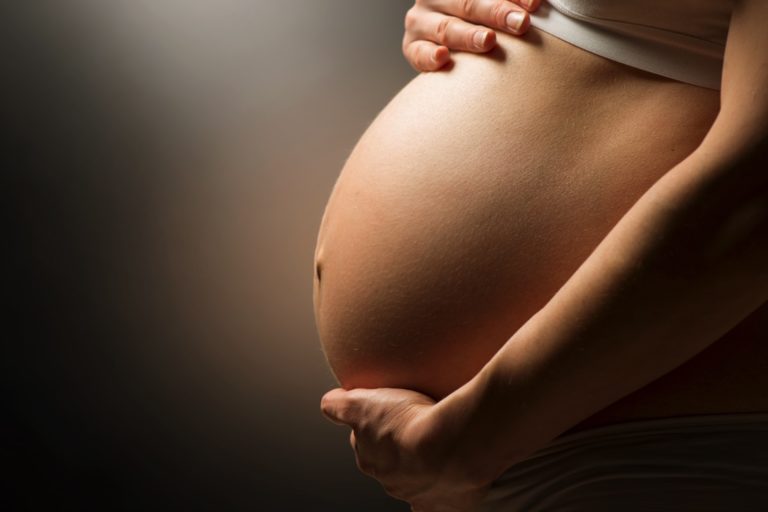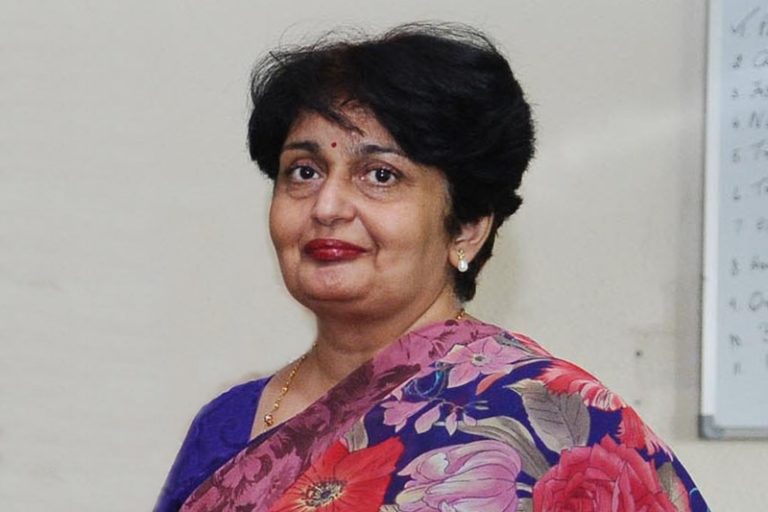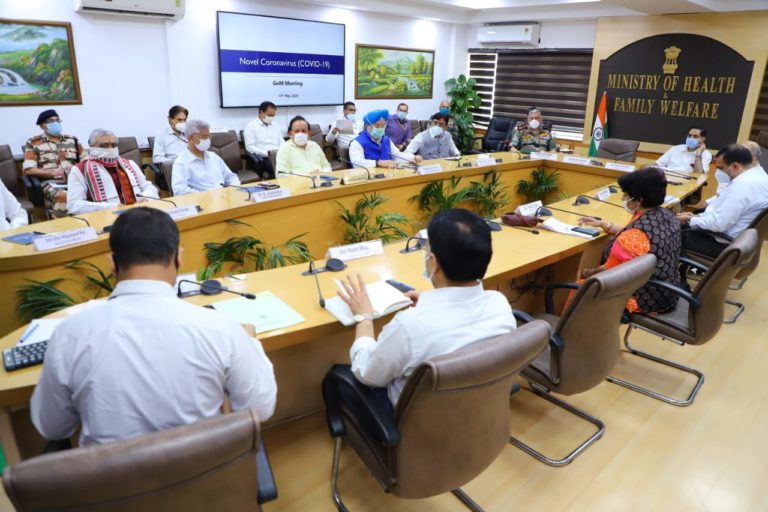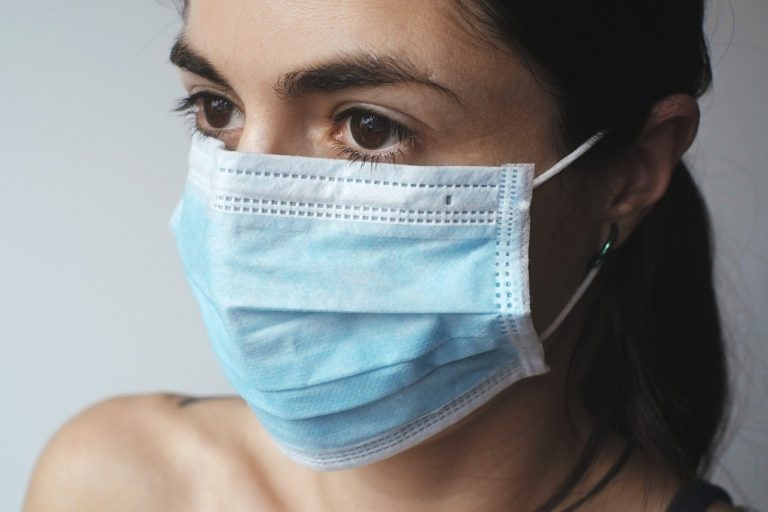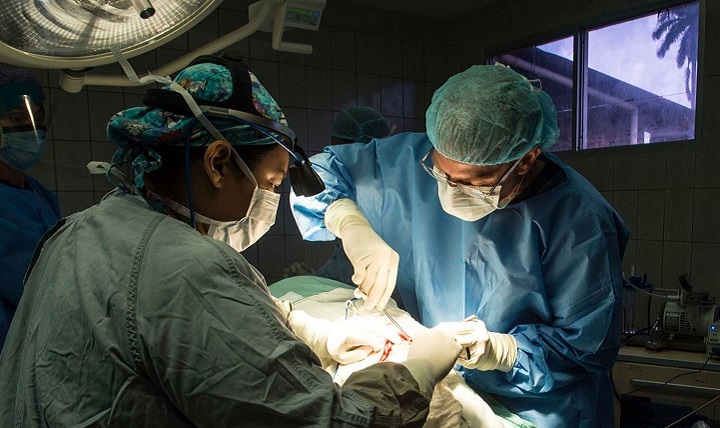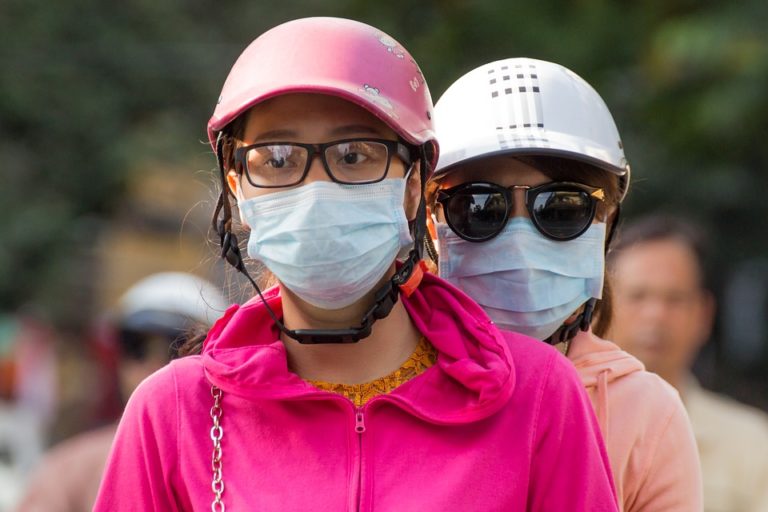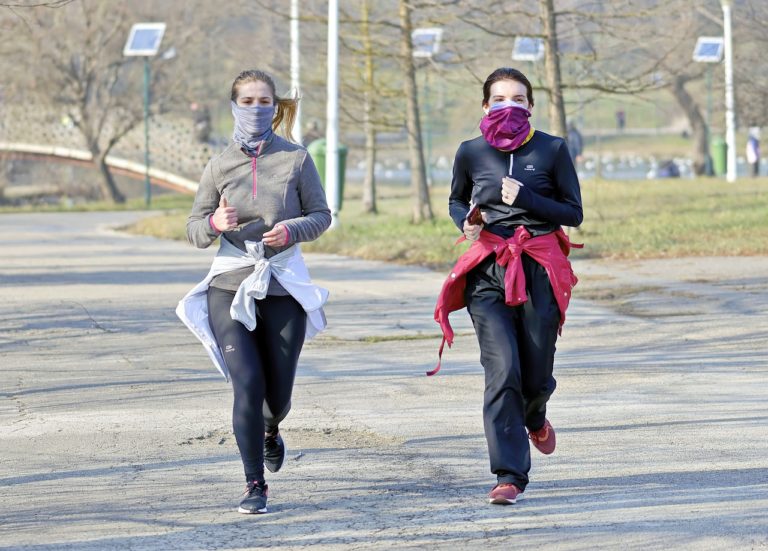Vertical transmission of COVID-19 infection from mother to baby during pregnancy is as low as 2-5%
Transmission of COVID-19 from mother to baby during pregnancy is uncommon, and the rate of infection is no greater than 2-5%, finds a new study.
The research also found that babies that did test positive for COVID-19, were mostly asymptomatic. There was also no difference whether the baby is born vaginally, breastfed or allowed contact with the mother.
Many early reports on COVID-19 in pregnancy suggested that in order to reduce the risk of transmission of COVID-19 from mother to baby, it was safer to have a caesarean, to isolate the baby from the mother at birth and to formula feed, but there was very little evidence to support these guidelines.
This systematic review of 49 studies analyzed the rates of vertical transmission of COVID-19 infection from mother to baby during pregnancy and also risks associated with birth.
The studies reviewed included 666 neonates (newborn babies) and 655 women (as some women delivered twins). Of the COVID-19 infected women who delivered their babies vaginally, only eight out of 292 (2.7%) had a baby which tested positive for COVID-19.
findings show that neonatal COVID-19 infection is uncommon, and also commonly asymptomatic in those babies who are affected
Of the 364 women who had a caesarean, 20 (5.3%) of those had a baby which tested positive for COVID-19.
These findings show that neonatal COVID-19 infection is uncommon, and also commonly asymptomatic in those babies who are affected.
The data also showed that the infection rates to be no higher when the baby was born vaginally, breast fed or allowed contact with the mother immediately after birth.
Dr Kate Walker, Clinical Associate Professor in Obstetrics from the University of Nottingham and a lead author of the study said, “There has been a lot of concern around whether pregnant women should be concerned for the health of their babies if they contract COVID-19.
“We wanted to look at the outcome for babies whose mothers contracted the virus and see if the route of birth, method of infant feeding and mother/baby interaction increased the risk of babies contracting the virus. From our results, we are satisfied that the chance of newborn infection with COVID-19 is low.
“We would also stress that a vaginal birth and breast feeding are safe for mothers who find themselves in these circumstances.”
The findings were published in BJOG: An International Journal of Obstetrics and Gynaecology.


